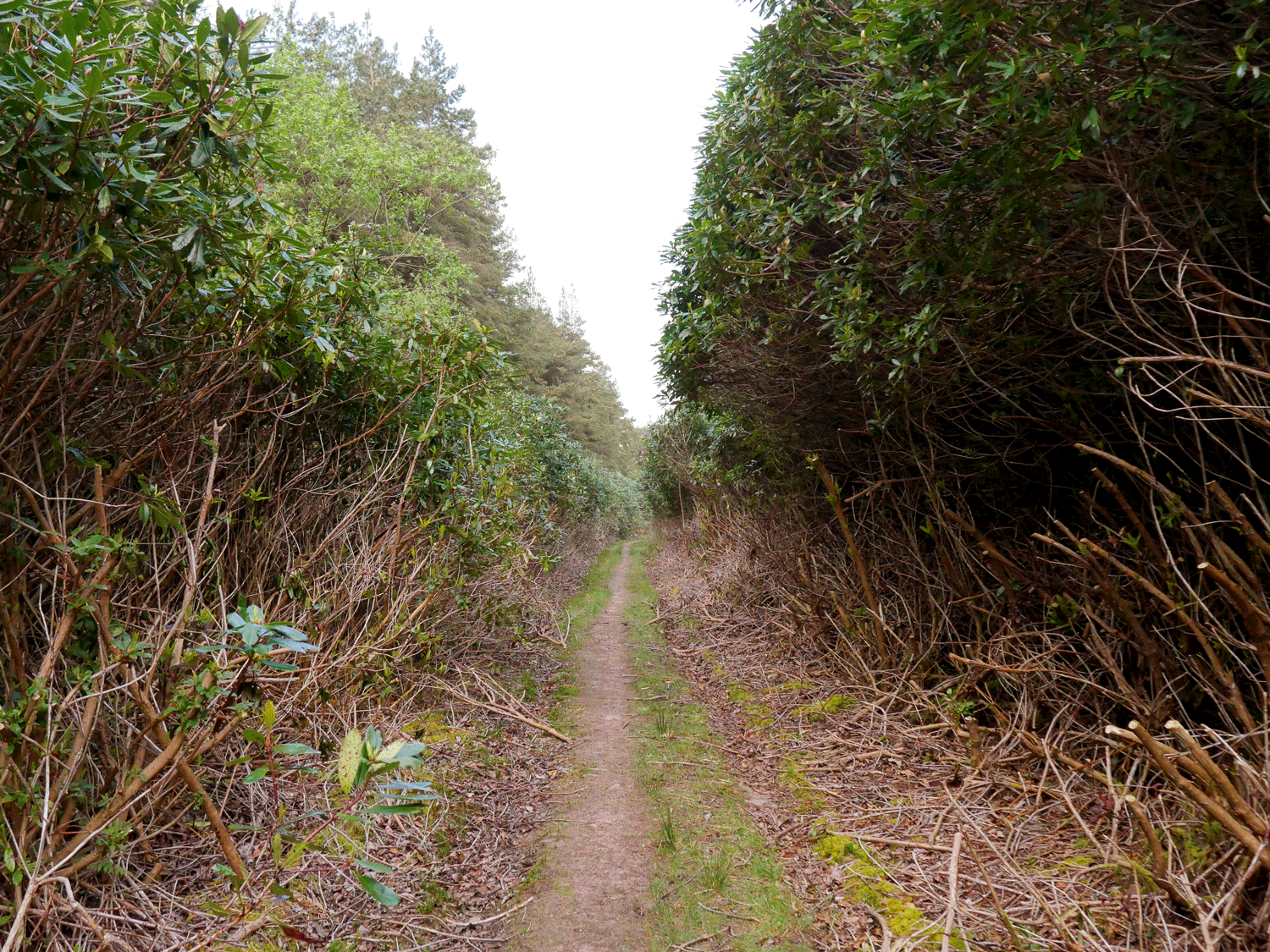National Tree Week 2023
Biodiversity Begins With Trees
Since its inception in 1985, National Tree Week has been responsible for planting over half a million trees in Ireland. Organised by the Tree Council of Ireland, there are events and resources available all week.
To celebrate the work being done across the island of Ireland towards a more native and biodiverse future, this article will feature organisations who are involved in planting native trees in Ireland, resources that we have worked on for #ResponsibleOutdoorRecreation in our forests, videos on caring for the biodiversity we find in woodlands, projects we’ve worked on that protect our forests, as well as the problem of invasive species
Planting for a Biodiverse Future:
1. Reforest Nation
Reforest Nation is a local volunteer-run initiative based in Co. Louth, planting across the island of Ireland and funding important projects around the globe! They aim to ignite a national tree-plantingand nature restoration movement.
2. Crann – Trees for Ireland
Through education, tree planting, and awareness programmes, Crann is standing up for trees. One of their projects is the Plant-for-the-Planet Challenge, which aims to plant a tree for every schoolchild in Ireland and to sponsor one in the Global South.
3. Home Tree
Home Tree endeavours to deeply connect people with nature and facilitates a wide variety of fundamental projects to address Ireland’s declining biodiversity and the unfolding climate challenge. This work is done through education, afforestation, conservation, and the farm-forest alliance.
4. Northern Ireland Water
Northern Ireland Water, the second largest landowner in Northern Ireland, has decided to deliver a large-scale planting programme of one million trees across 11,300 hectares of their land over the next 10 years. Planting trees improves water quality, captures carbon, mitigates floods and enhances the natural environment.
International Day of Forests &
Forests Resources
Day two of Tree Week is International Day of Forests – our two tree facts for the day are:
- Ireland has 28 native Irish tree species
- The Rowan tree is also known as Mountain Ash
And here are two our favourite forest resources that we’ve made with Coillte:
- The Respecting the Outdoors video series for leaving no trace in our forests
- Our free guide on Responsible Outdoor Recreation in Woodlands
How to care for our woodlands
Our forests are havens for nature, and for humans.
Studies have shown that it’s important for our brains to see both green spaces and flowing water. However, high volumes of people using one outdoor space can negatively impact the forest.
Last year, we worked at Knocksink Wood Nature Reserve with the local community, NPWS staff, and the Pure Project to repair and restore some of the damage that had been done to this important nature reserve.
In our video, we show how to remove graffiti from trees, discuss foraging, and highlight some of the flora that makes this Nature Reserve particularly special.

Leave No Trace Hot Spot Programmes
In 2021, Leave No Trace Ireland and Gas Networks Ireland joined forces to launch Europe’s first Hot Spot Programme.
This project addressed areas impacted by increased outdoor recreation. Alongside the Burncourt Community Council and Coillte, we worked to restore the native landscape of Glengarra Woods in Co. Tipperary.
In the years preceding the project, Glengarra Woods had become a more and more popular outdoor recreation space, and the importance of environmental education became clear.
Our Hot Spot Programmes aims to teach people how to make responsible decisions when participating in outdoor activities, promote stewardship for the natural world, and understand how to reduce our carbon footprint.
To achieve this community-led restoration, the Hot Spot Programme ran three impact days that focused on a variety of topics and goals: environmental awareness, improvement and maintenance of access and trails, removal of waste through litter picks, as well as the management of invasive species.
Through the Hot Spot Programme, the local community were given the tools to take this care into their own hands. When we know the names of the trees around us, or have talked to others about our favourite moments in such places, we all become more connected to our outdoor spaces.
Currently, we are working on our second Hot Spot Programme with Gas Networks Ireland in Turvey Nature Reserve. This Nature Reserve has a mixture of habitats, from wetlands to woodlands.
One of our final actions for this Hot Spot will be the planting of new native trees. Read more about the Turvey Nature Reserve Hot Spot Programme here, and watch our videos on the project here.
Invasive Species in Ireland
Rhododendron is one of Ireland’s most pervasive invasive species.
But what is it, why is it bad, and what can we do?
What is it?
- First introduced to parks, gardens, and demesnes in Britain and Ireland in the 1700’s
- Recognisable by large purple Flowers in the summer, and dark green leaves year-round
- Grows very tall, regularly reaching 8 meters
- Habitats include: Mixed deciduous forest, temperate heaths and raised and blanket bogs
Why is it bad?
- Rhododendrons can form very dense thickets and out-compete native plants for space and resources, especially for sunlight.
- Rhododendrons can also prevent access to places by the sheer mass of plant material blocking paths and rights of way – they can even block phone and GPS signals!
What can we do?
- To stop the spread, always check your shoes, clothes, and gear when leaving an area. Any plant fragments or seeds can be carried on you, to somewhere new. Look up the #CheckCleanDry Method for more details
- Choose native plants for gardens & hedgerows. Once planted, invasive plants can spread without you noticing
- When trimming or cutting back, #DisposeoOfWasteProperly
Learn more about invasives on invasives.ie

Images courtesy of Leave No Trace Ireland Trainer, Ellie Berry.





